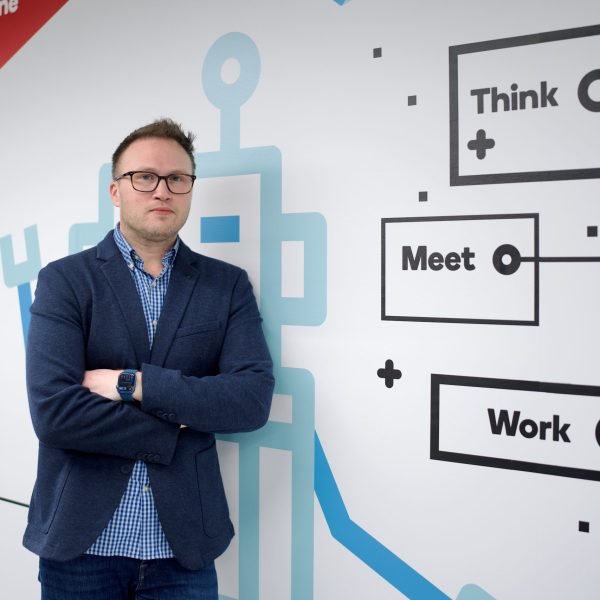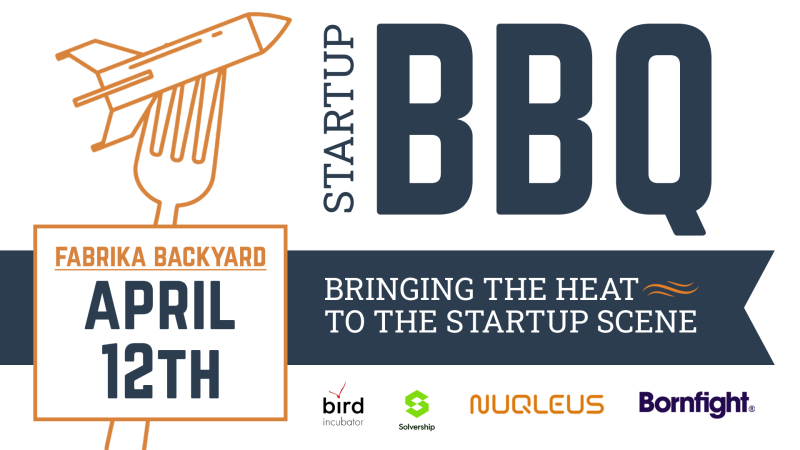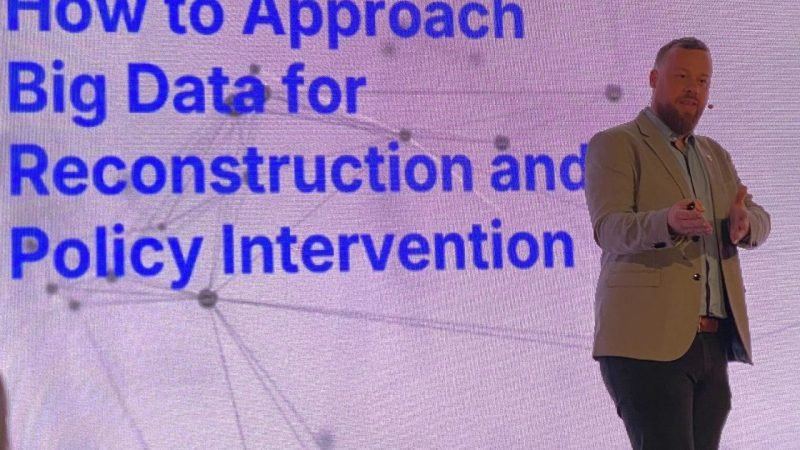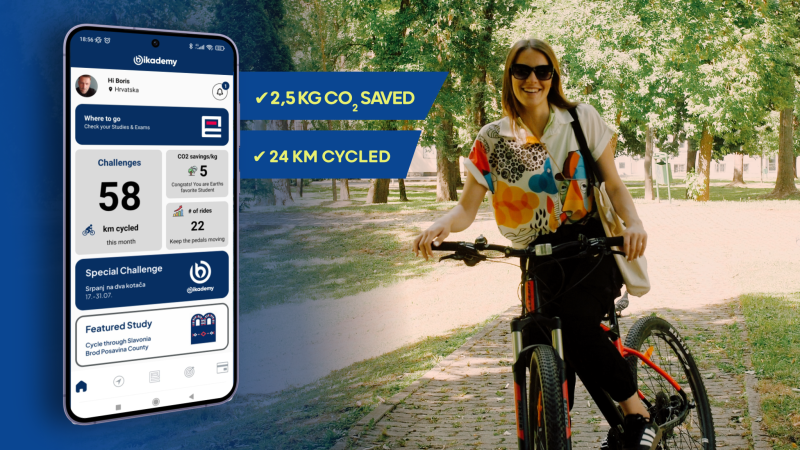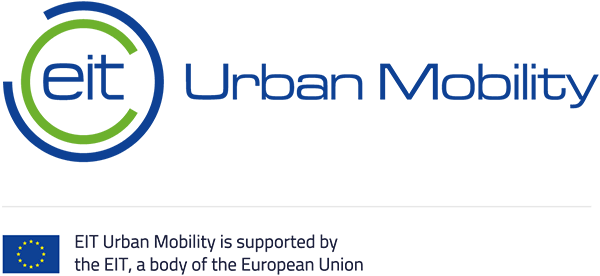User research is often misunderstood and frequently reduced to just online surveys—a dated and limited perspective on this valuable field. As startups race to build technology, many overlook how proper research can save both time and money by ensuring they’re building something people actually want.
What is User Research?
At its core, user research helps understand behaviors, needs, and challenges to create better, more profitable products. For startups with limited resources, user research is crucial for idea validation before investing heavily in development.
User research serves three primary purposes:
- Concept validation: Testing if your business idea addresses a real problem
- Solution testing: Ensuring your solution resonates with users and is intuitive
- Refining details: Optimizing design, communication, and other elements
Do not forget: Whether you’re serving consumers (B2C) or other businesses (B2B), user research remains equally essential. Remember that even in business-to-business relationships, you’re ultimately connecting with real people making decisions.
How to Conduct Effective User Research
1. Define Clear Objectives
Begin with a specific goal—are you validating an initial concept, testing a solution, or refining details? Your objective will guide everything that follows.
2. Select Appropriate Methodologies
Different methods reveal different insights:
- User interviews for deep, qualitative understanding
- Usability testing to observe how people interact with your product
- Surveys for broader quantitative feedback
- Ethnographic research to understand context
Do not forget: Never rely on just one methodology. The most valuable insights come from combining approaches and connecting social context with business goals.
3. Design Your Research
Design a comprehensive questionnaire covering all key topics you need to explore during your research. Begin with general questions (age, occupation, location) before gradually transitioning to more specific questions about your business, product, or service.
Do not forget: Craft open-ended questions that invite detailed responses rather than simple yes/no answers. Incorporate ‘why’ frequently in your questioning—these insights often reveal the underlying motivations that drive user behavior and decision-making.
4. Find Participants
Clearly define your ideal participant profile before recruitment begins—this preparation will make your conversations more productive. Source participants through social media channels, specialized recruitment platforms, or even personal networks when appropriate.
5. Conduct the Research
Document everything thoroughly—record interviews, save surveys, and organize all data carefully. Those direct user quotes will be invaluable for presentation later.
6. Analyze and Synthesize
This challenging step involves translating raw data into actionable insights. Look beyond surface-level feedback to identify patterns and deeper meaning.
Do not forget: Leverage existing research from industry leaders, stay informed on current events, and explore the ‘why’ behind global trends. Cultivate curiosity and think beyond the boundaries of your product or service.
Do not just ask people, but observe what they do
A legendary story in user research involves a radio manufacturer conducting focus groups to determine if people would buy radios in colors beyond the traditional black and white. Every participant enthusiastically claimed they would love a colorful radio. However, when researchers offered them their choice of radio colors as they exited—including the vibrant options they had just praised—every single participant selected either black or white.
This story perfectly illustrates why what people say and what they do often differ dramatically. Had the company relied solely on verbal feedback, they might have invested heavily in colorful production lines that wouldn’t have generated expected returns.
Putting Insights into Action
Research findings should guide your roadmap, feature prioritization, value proposition, communication strategy, and pricing decisions. The radio example teaches us two crucial lessons: combine multiple research methods (asking and observing) and conduct research frequently to stay connected to your users’ actual behaviors rather than their stated preferences.
The most successful startups don’t just build technology and hope people use it—they understand their users through rigorous and varied research methods, then build solutions that address genuine needs in ways that feel intuitive and valuable.
Conducting valuable user research requires expertise and experience. If you’re uncertain about your capabilities or resources in this area, consider partnering with a specialized research studio. Investing in professional research early in your development process is far more cost-effective than spending significantly more to redesign a product that fails in the market due to lack of user validation.





